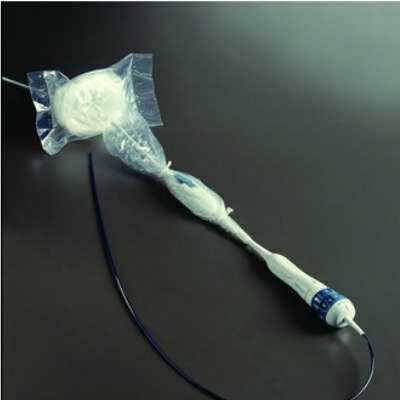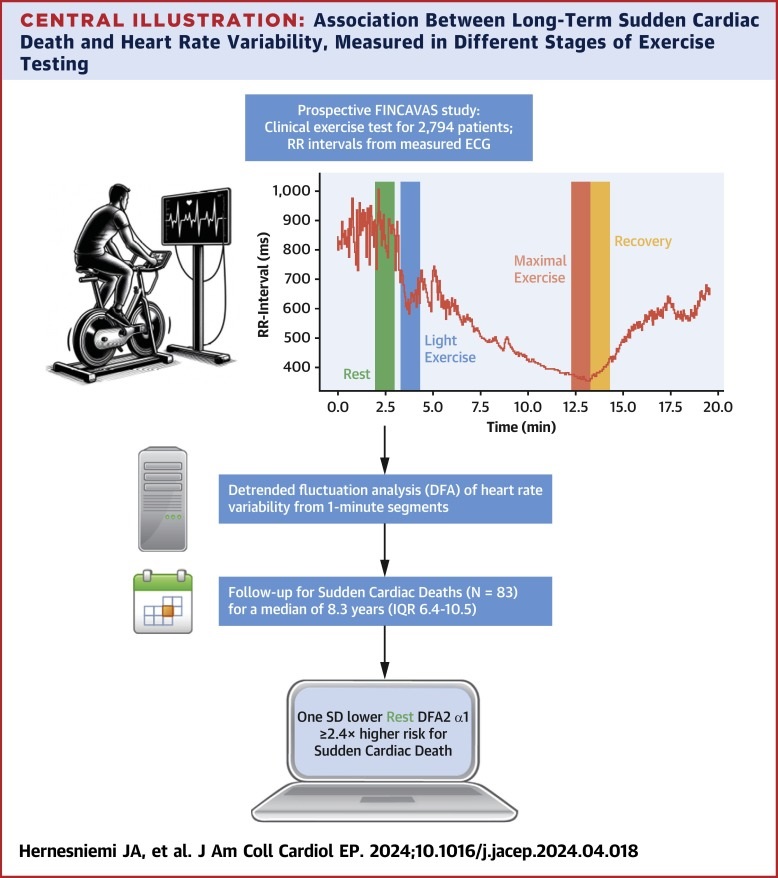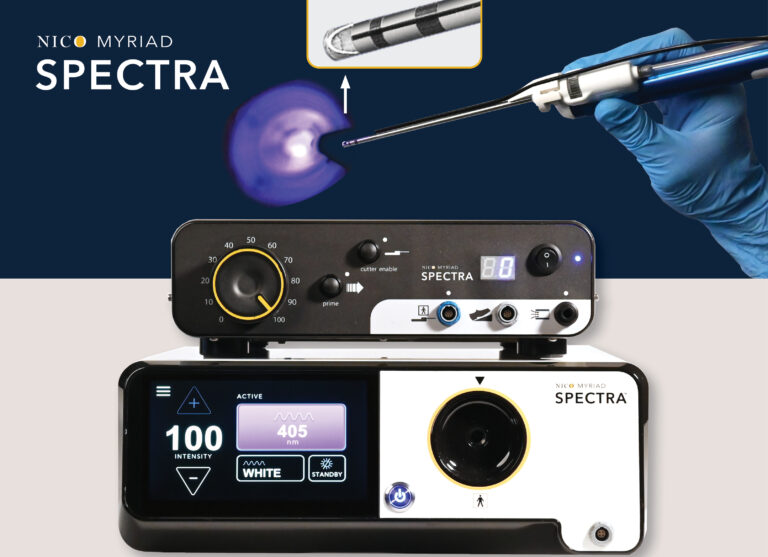Japanese Orthopedic Device Sector Influenced by Cultural Factors
|
By HospiMedica International staff writers Posted on 18 May 2014 |
The Japanese orthopedic device market is uniquely influenced by cultural preferences that make the market distinct from other major markets. These are the findings of Decision Resources Group (DRG; Burlington, MA, USA), which provides information and insights on critical issues within the healthcare industry.
For example, Japanese patients have a cultural aversion to surgery because it is seen as too invasive. As a result, most patients will defer large-joint surgery, such as knee replacements for as long as possible or until it is absolutely necessary, such as in the case of a hip fracture. But since certain practices, such as sitting on the floor to eat, are important culturally, when Japanese patients do opt for surgical procedures they will often choose more expensive options such as mobile-bearing knee implants, which offer greater flexion.
Japanese doctors are also generally reluctant adopters of new minimally invasive surgery (MIS) technologies such as unicondylar knee implants or intramedullary nails. Spinal procedures are also rarely performed using the highly invasive anterior approach. These factors somewhat limit the volume of invasive orthopedic procedures performed in Japan, and will continue to do so through 2022. However, rising demand for orthopedic procedures that fall in line with an aging population and increasing clinical data will result in gradual market expansion as interest in these technologies gradually picks up.
An additional hurdle is that the Japanese regulatory system is currently in a reshaping phase, which is also unlikely to change soon, and companies will continue to have to deal with an extremely cumbersome approval process. This is shown by the fact that no new spinal non-fusion technologies are anticipated to enter this market by 2022, despite significant product development activity in other countries. Additionally, biennial reimbursement cuts set by the Japanese Ministry of Health, Labor & Welfare (MHLW) will continue to limit the orthopedic device market.
“Local manufacturers have an advantage in Japan because they are better able to navigate local laws and customs,” said DRG analyst Rene Azeez. “As a result, many multinational competitors are working with Japanese distributors and are setting up local offices to establish networks with facilities and physicians in the area.”
Related Links:
Decision Resources Group
For example, Japanese patients have a cultural aversion to surgery because it is seen as too invasive. As a result, most patients will defer large-joint surgery, such as knee replacements for as long as possible or until it is absolutely necessary, such as in the case of a hip fracture. But since certain practices, such as sitting on the floor to eat, are important culturally, when Japanese patients do opt for surgical procedures they will often choose more expensive options such as mobile-bearing knee implants, which offer greater flexion.
Japanese doctors are also generally reluctant adopters of new minimally invasive surgery (MIS) technologies such as unicondylar knee implants or intramedullary nails. Spinal procedures are also rarely performed using the highly invasive anterior approach. These factors somewhat limit the volume of invasive orthopedic procedures performed in Japan, and will continue to do so through 2022. However, rising demand for orthopedic procedures that fall in line with an aging population and increasing clinical data will result in gradual market expansion as interest in these technologies gradually picks up.
An additional hurdle is that the Japanese regulatory system is currently in a reshaping phase, which is also unlikely to change soon, and companies will continue to have to deal with an extremely cumbersome approval process. This is shown by the fact that no new spinal non-fusion technologies are anticipated to enter this market by 2022, despite significant product development activity in other countries. Additionally, biennial reimbursement cuts set by the Japanese Ministry of Health, Labor & Welfare (MHLW) will continue to limit the orthopedic device market.
“Local manufacturers have an advantage in Japan because they are better able to navigate local laws and customs,” said DRG analyst Rene Azeez. “As a result, many multinational competitors are working with Japanese distributors and are setting up local offices to establish networks with facilities and physicians in the area.”
Related Links:
Decision Resources Group
Latest Business News
- BD Acquires Edwards Lifesciences' Critical Care Product Group for USD 4.2 Billion
- MEDICA INNOVATION FORUM for the Healthcare Innovations of the Future
- Johnson & Johnson Acquires Cardiovascular Medical Device Company Shockwave Medical
- Mindray to Acquire Chinese Medical Device Company APT Medical
- Olympus Acquires Korean GI Stent Maker Taewoong Medical
- Karl Storz Acquires British AI Specialist Innersight Labs
- Stryker to Acquire French Joint Replacement Company SERF SAS
- Medical Illumination Acquires Surgical Lighting Specialist Isolux
- 5G Remote-Controlled Robots to Enable Even Cross-Border Surgeries

- International Hospital Federation Announces 2023 IHF Award Winners
- Unprecedented AI Integration Transforming Surgery Landscape, Say Experts

- New WHO Guidelines to Revolutionize AI in Healthcare
- Getinge Acquires US-Based Medical Equipment Provider Healthmark Industries
- Global Surgical Lights Market Driven by Increasing Number of Procedures
- Global Capsule Endoscopy Market Driven by Demand for Accurate Diagnosis of Gastrointestinal Conditions
- Global OR Integration Market Driven by Need for Improved Workflow Efficiency and Productivity
Channels
Critical Care
view channel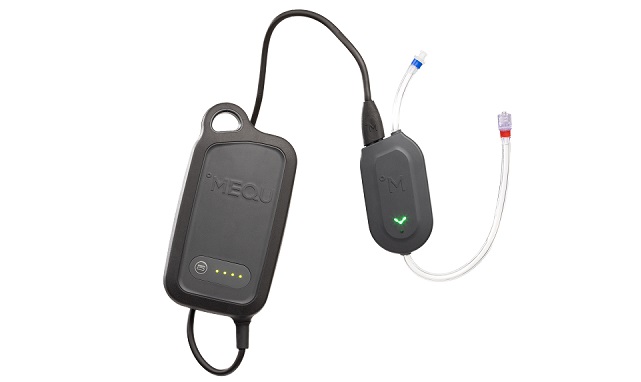
Portable System for Warming Blood and IV-Fluids Reduces Hypothermia Risk in Hemorrhaging Patients
Maintaining a normothermic temperature in patients is often challenging. Accidental hypothermia is a known risk that can lead to increased complications and extended hospital stays. One key factor contributing... Read more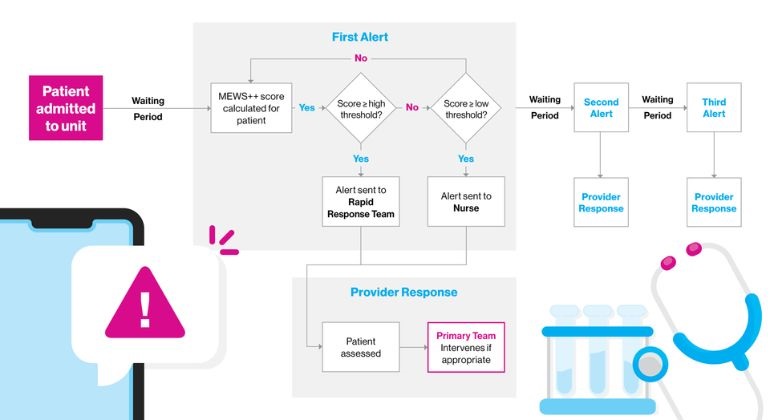
AI-Generated Real-Time Alerts for Declining Health Speeds Up Treatment and Reduces Hospital Deaths
A fundamental objective of inpatient care is the timely intervention to prevent or manage clinical deterioration, which often leads to escalated care associated with poorer outcomes and increased use of resources.... Read more
Ingestible Microbiome Sampling Pill to Help Diagnose Wide Range of Health Conditions
The healthy human gut is home to more than 1,000 species of bacteria, most of which play a beneficial role in digestion and protecting against disease. When the natural balance of these microbes is disrupted,... Read moreSurgical Techniques
view channel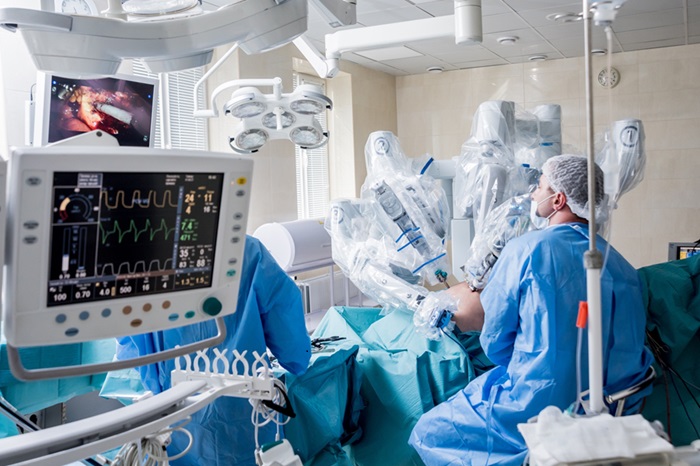
Total Robotic Metabolic and Bariatric Surgery Proves More Beneficial than Conventional Laparoscopy
According to the U.S. Centers for Disease Control and Prevention (CDC), 42.4% of Americans are affected by obesity. Research indicates that obesity can compromise the immune system, trigger chronic inflammation,... Read moreWirelessly Activated Robotic Device Aids Digestion in Patients with Compromised Organs
The transport of fluids and solids is essential in the human body, driven by a wave-like movement in the lumen known as peristalsis. However, peristalsis can be disrupted in patients who have obstructions... Read morePatient Care
view channelFirst-Of-Its-Kind Portable Germicidal Light Technology Disinfects High-Touch Clinical Surfaces in Seconds
Reducing healthcare-acquired infections (HAIs) remains a pressing issue within global healthcare systems. In the United States alone, 1.7 million patients contract HAIs annually, leading to approximately... Read more
Surgical Capacity Optimization Solution Helps Hospitals Boost OR Utilization
An innovative solution has the capability to transform surgical capacity utilization by targeting the root cause of surgical block time inefficiencies. Fujitsu Limited’s (Tokyo, Japan) Surgical Capacity... Read more
Game-Changing Innovation in Surgical Instrument Sterilization Significantly Improves OR Throughput
A groundbreaking innovation enables hospitals to significantly improve instrument processing time and throughput in operating rooms (ORs) and sterile processing departments. Turbett Surgical, Inc.... Read moreHealth IT
view channel
Machine Learning Model Improves Mortality Risk Prediction for Cardiac Surgery Patients
Machine learning algorithms have been deployed to create predictive models in various medical fields, with some demonstrating improved outcomes compared to their standard-of-care counterparts.... Read more
Strategic Collaboration to Develop and Integrate Generative AI into Healthcare
Top industry experts have underscored the immediate requirement for healthcare systems and hospitals to respond to severe cost and margin pressures. Close to half of U.S. hospitals ended 2022 in the red... Read more
AI-Enabled Operating Rooms Solution Helps Hospitals Maximize Utilization and Unlock Capacity
For healthcare organizations, optimizing operating room (OR) utilization during prime time hours is a complex challenge. Surgeons and clinics face difficulties in finding available slots for booking cases,... Read more
AI Predicts Pancreatic Cancer Three Years before Diagnosis from Patients’ Medical Records
Screening for common cancers like breast, cervix, and prostate cancer relies on relatively simple and highly effective techniques, such as mammograms, Pap smears, and blood tests. These methods have revolutionized... Read morePoint of Care
view channel
POCT for Infectious Diseases Delivers Laboratory Equivalent Pathology Results
On-site pathology tests for infectious diseases in rural and remote locations can achieve the same level of reliability and accuracy as those conducted in hospital laboratories, a recent study suggests.... Read more
Cartridge-Based Hemostasis Analyzer System Enables Faster Coagulation Testing
Quickly assessing a patient's total hemostasis status can be critical to influencing clinical outcomes and using blood products. Haemonetics Corporation (Boston, MA, USA) has now obtained 510(k) clearance... Read more










